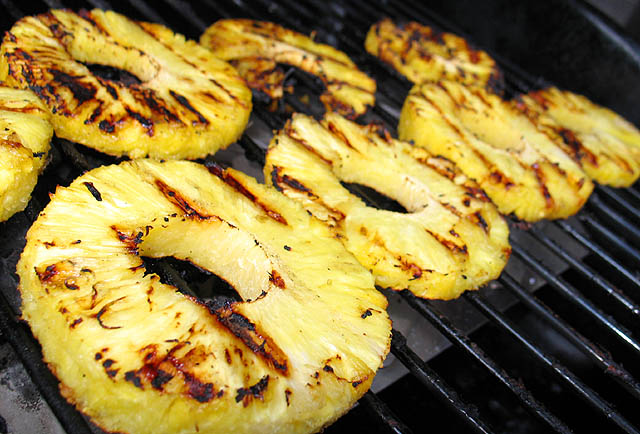
Many athletes have to travel quite often and may need to rely on fast food restaurants due to money and time constraints. In fact, even when not traveling, we will have days where we are in a rush and looking for something easy and fast. Taking in consideration the main goal, which is fueling for optimal performance and health, with some planning you can easily turn a fast food stop to a healthier choice.
Here are some general rules:
- Choose grilled and/or baked options
- Stay away from fried foods. Consider a baked potato or side salad instead of french fries
- Hold the mayo
- Do not drench your salad with dressing
- Have water instead of soda
- Prefer milk, chocolate milk or 100% juice over soda if trying to gain weight
- The less legs the better (the less legs the healthier it is for you). Fish then chicken/turkey then cow/pork
- Don't forget your vegetables and fruits!
Here are some healthier ideas to choose in some of these establishments:
McDonald's/Burger King/Arby's/Wendy's
- Fruit and yogurt parfait
- Fruit and maple oatmeal
- Egg white Mcmuffin
- Grilled chicken salad with light dressing
- Grilled chicken sandwich with BBQ instead of mayo and a side salad with light dressing
- Veggie Burger (BK) with no mayo, apple slices and milk
- Regular hamburger and cheeseburger with side salad
- Sweet chili grilled chicken wrap with apple slices
- Wendy's large chilly and baked potato/sour cream & chive baked potato
Subway/Jimmy John's/Quizno's
- Choose whole wheat bread
- Light on the mayo and dressings
- Choose lean meats (chicken, turkey, roast beef)
- Baked chips or fruit as side
- Load up on the vegetables
Taco Bell/Taco John's
- Bean burrito
- Burrito Supreme chicken/steak
- Any Fresco taco or burrito
- Gordita Supreme chicken/steak
- Black beans or black beans and rice
- Chicken soft taco
- Santa Fe regular fish bowl (Taco John's)
- Regular bowl - veg/chicken/beef
Pizza Hut/Domino's/Papa John's
- Thin crust. If possible whole wheat
- Veggie pizza
- Cheese pizza
- Hawaiian pizza
- Pizza with veggies and 1 meat (preferably chicken)
KFC
- Grilled chicken breast with green beans and mash potatoes
- Chicken littles with no mayo, green beans and corn on the cob
*** Although it may not be the healthiest, these options can fit in any athletes diet. Just don't make it an everyday thing and apply MODERATION.




